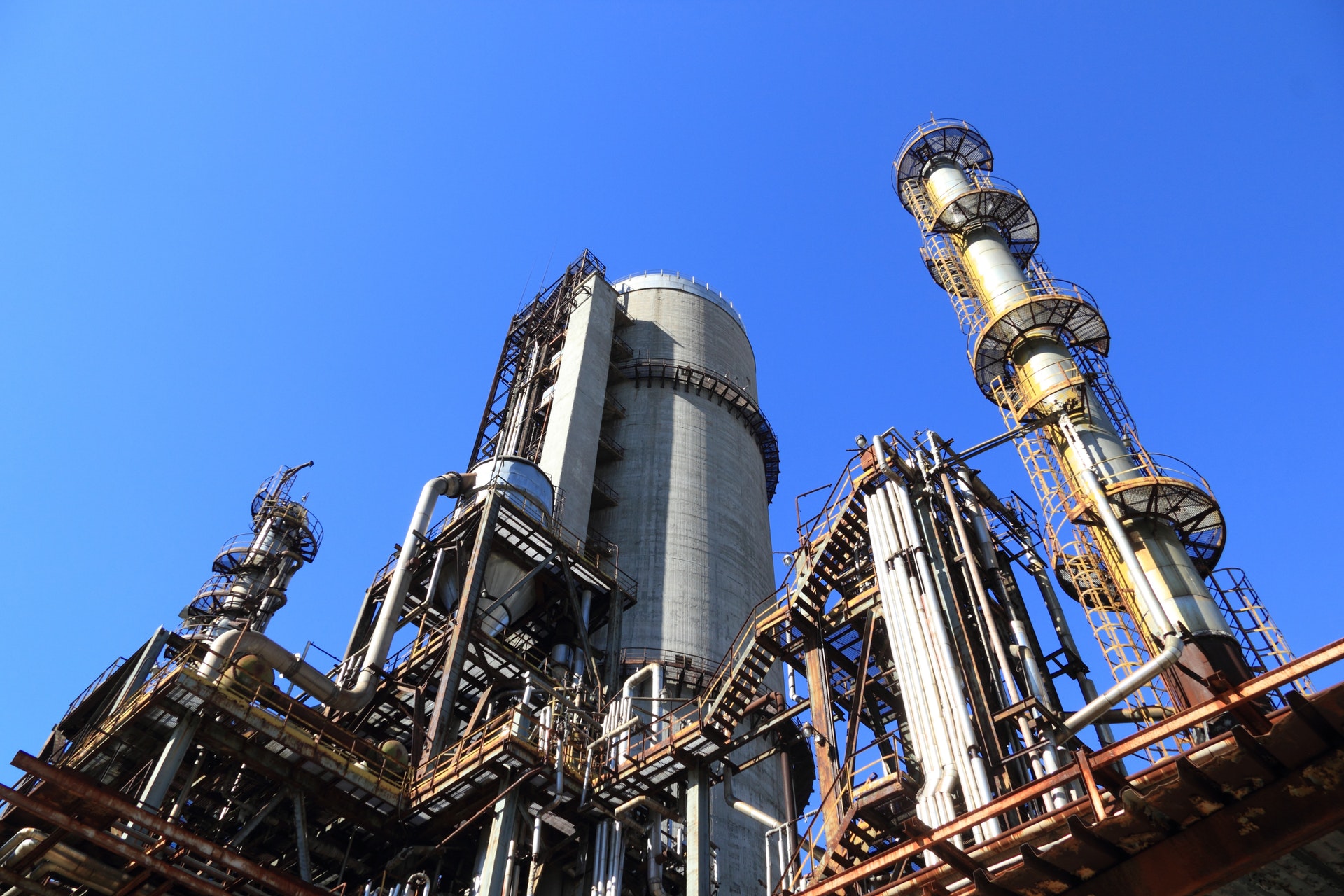With increasing competition and the need for more judicious use of the available natural resources and raw materials, manufacturers will continue to seek ways to improve their processes and production output. Part of achieving those goals depends on them ensuring that they can limit their exposure to inefficiencies along the production line especially with regards to equipment-related issues.
There are several solutions on the market to help producers meet their manufacturing targets, but avoiding costly downtime will always involve some cooperation between production and maintenance to avoid costly downtime.
Below is a look at two of those solutions – Manufacturing Execution Systems (MES) and Computerized Maintenance Management Systems (CMMS) with a view to understanding how each of them enhances the manufacturing process.
What does a Manufacturing Execution System do?
An MES is a software that is designed to manage, monitor, and harmonize the physical processes that transform raw materials into intermediate and/or finished goods. Although the specifics may vary from one manufacturer to the other MES typically covers the following:
- Product lifecycle management: Monitor product lifecycle with the objective of improving the finished quality.
- Production monitoring and analysis: Use several metrics and reports to monitor production assets and alert users of potential problems.
- Production scheduling: Create production schedules for machines and tools and track inventory levels for materials and spare parts.
- Maintenance management: Oversee and schedule preventive maintenance.
What about CMMS?
A computerized maintenance management system (CMMS) is another equally essential software that manufacturers need to have. It stores and organizes all the information about an organization’s physical assets and maintenance operations and it is designed to automate and streamline maintenance tasks with the aim of overall improvement in maintenance operations.
A modern CMMS solution comes with several features to accelerate efficiency on your plant floor such as:
- Mobile-enabled Capabilities
- Preventive Maintenance Planning (PM)
- Project Management (PPM)
- Work Order Management (WO)
- Asset Management
- Cloud-based Support
- Condition-based and Predictive Maintenance Capabilities
- Report Generation
- Easy Integration with Other Units (e.g. HR/Payroll/Accounting)
- Vendor Management
- Quality Control
- Enterprise Asset Management (EAM)
- Spare Parts Inventory Management
… and so much more.
Can MES and CMMS work together?
Although both CMMS and MES are two unique systems, they play vital roles in manufacturing operations. Savvy manufacturers can choose to use both of them as part of a larger Enterprise Resource Planning (ERP) solution so as to get the added benefits of integrating both systems.
For example, by connecting both CMMS and MES, you get an early warning system of progressive deterioration in your critical equipment giving your team enough time to plan for an intervention. This, of course, adds up to ensure fewer interruptions and delays in production.
Also, integrating both tools allows you to track one of the most important KPIs for manufacturers – Overall Equipment Effectiveness (OEE) better by using the information contained in the CMMS combined with the production data coming from MES.
Free Demo
Would you like to know more about our many CMMS features and how integrating with MES can help your manufacturing business? Our friendly and professional team is waiting to guide you through the process. So don’t hesitate to reach us and request a demo today.
Free DemoFree Demo






